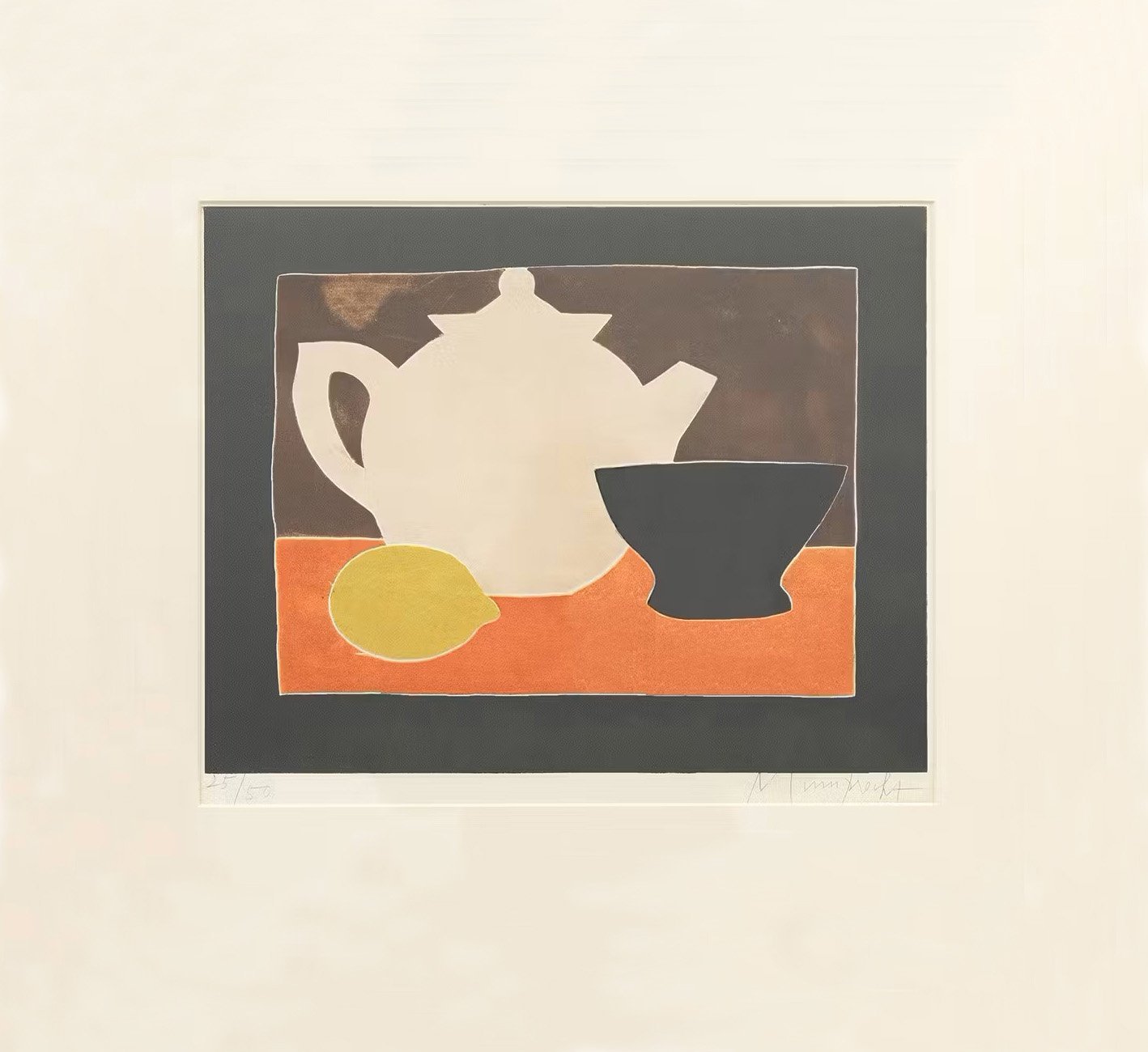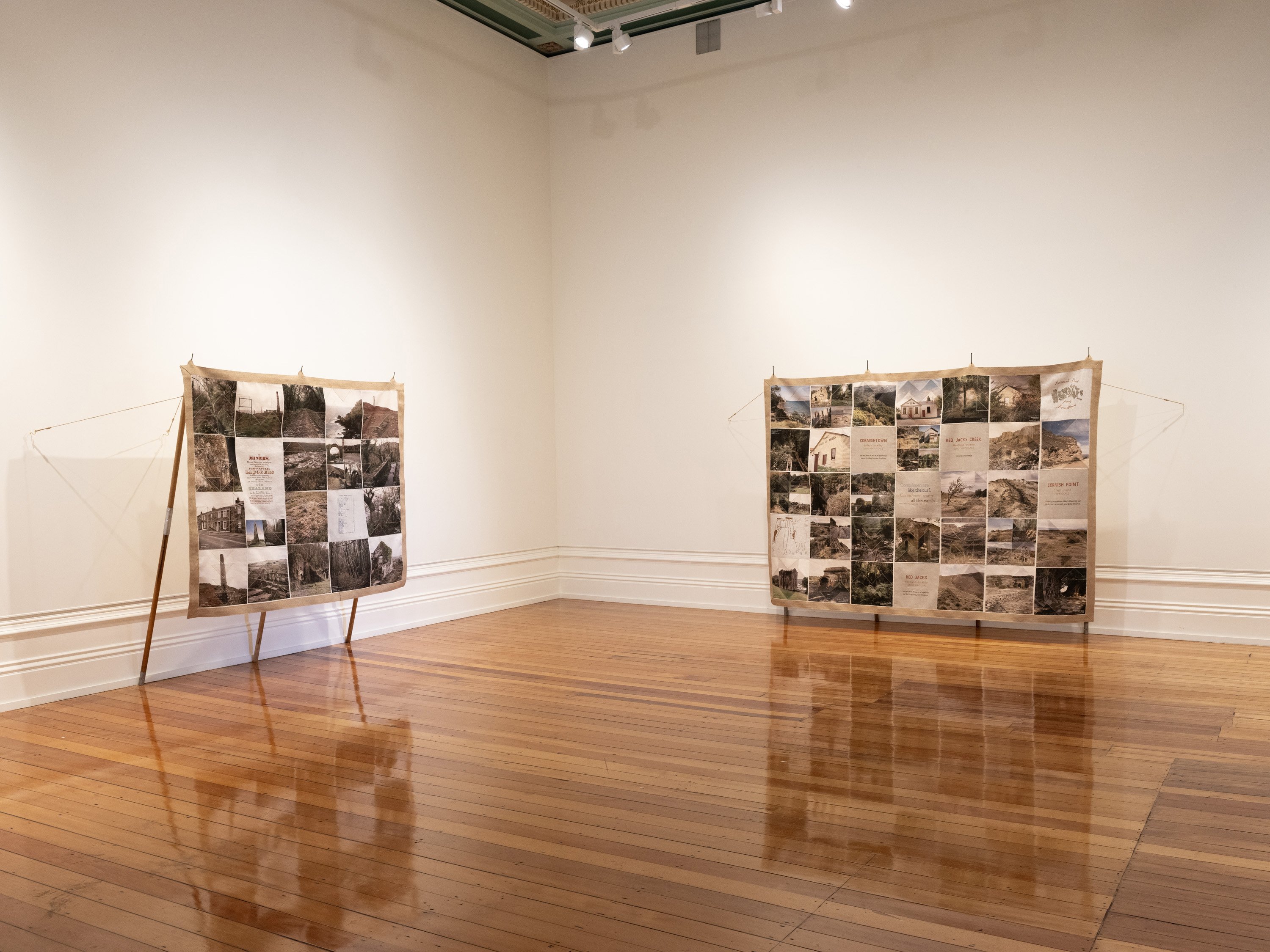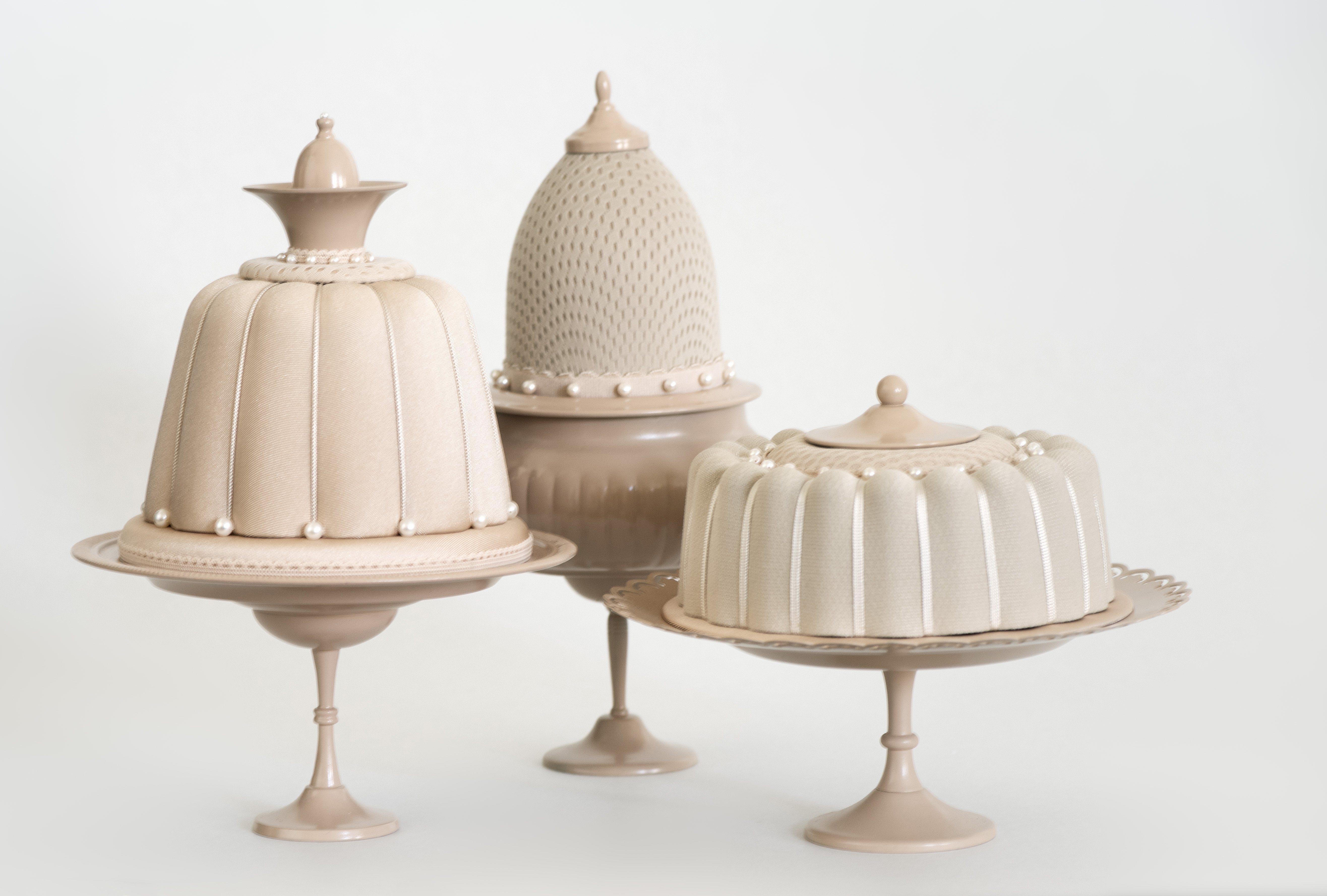
(Forrester Gallery, Oamaru)
Including some 40 works in printmaking, painting and early 20th century ceramics, "Seriously Valuable Art" reflects decades of collecting work by known and lesser-known international and local artists. The exhibition is drawn from the personal collection of an anonymous lender, who names art historian Sir Kenneth Clark as a formative influence (according to an enigmatic remark in the exhibition information panel).
The curatorial premise of "Seriously Valuable Art" is that the real value of art does not reside in its monetary worth. Instead, the collection demonstrates both pragmatic pathways for accessible art collecting and a true sense of delight in more uncommon art historical byways. This is a collection that has been lived with and now generously shared, and not without some curatorial wit and charm.
Works by the anonymous collector’s friends and colleagues, such as Dick Frizzell and Maurice Askew, find company with judicious auction purchases, such as French artist Jean Lurcat’s (1892-1966) impressive textile panel. An etching by Barry Cleavin of a crocodile in a shell is celebrated as appropriate dining room decor, and then there are punctuated references to now forgotten but once greatly celebrated artists of their time, such as Frank Brangwyn (1867-1956) and William Strang (1859-1921).

(Forrester Gallery, Oamaru)
Encompassing a multidisciplinary approach that includes photography, textiles and installation, "Like the Turf" presents the culmination of a body of work that explores Pākehā histories of immigrant Cornish peoples to Aotearoa New Zealand.
Hand-stitched photographs of historical mining locations in Cornwall and Southwest Devon and gold-mining regions in Aotearoa are presented as two composite works, side by side in the exhibition space. Each work is accompanied by an explanatory text on the history of the mining operations in each photographed region.
Some of the images of Cornwall and Aotearoa in these works are almost visually synonymous: half-standing stone structures with overgrown features where nature has returned over time. The accompanying essay, written by Annabel Cooper, recounts these mirrored connections between the locations of Cornwall and Aotearoa in the "traces of the labours of settlement", or "the uses to which the Cornish miners put the landscape".
Framed by thick jute webbing, the photographs are installed in the form of checkered textiles, conceptually reminiscent of needlework that was the occupational and domestic domain of women. This format also alludes to the religious aesthetic of the Sunday school banners of the Methodist Christian tradition adhered to by Cornish communities. Through this material representation, McQuarrie attends to women’s intergenerational histories not so visible in the landscape.

(Forrester Gallery, Oamaru)
On a cluster of multi-tiered plinths is an array of delicious-looking dusty pink desserts atop cake stands with cake servers at the ready. Literally the experience of a visual feast, as I entered the exhibition space I realised quite quickly the affective power of food. These desserts are in fact composed of second-hand shapewear, petticoats, upholstery trim, ribbon, knicker elastic, lace and pearls.
Informed by the illustrations of decadence in Mrs Beeton’s Guide to Cookery and Household Management (1861), this combination of imagery and materials is not only a playful trick on the eye, but it informs an approach to thinking about the exhibition in quite an embodied way.
Victoria McIntosh works across the domains of sculpture, textiles and jewellery craft. Each work is a balanced and meticulous combination of elements and each work is a unique variation on the theme. The jelly and cake moulds used to form and shape the works create symmetrical folds and fleshy mounds over which shapewear is stretched and pinned in place, then decorated with pearls and frills.
This body of work is a continuation of McIntosh’s ongoing reflections on the body, body image and societal expectations and standards of beauty that are often historically contextualised by the vintage materials and products that comprise the works.






!["Flux" featuring Portraits of Geoff Dixon (2021–2025), acrylic on paper [installation view], by...](https://www.odt.co.nz/sites/default/files/styles/odt_landscape_small_related_stories/public/story/2025/07/1_macleod.jpg?itok=ywgJww50)





